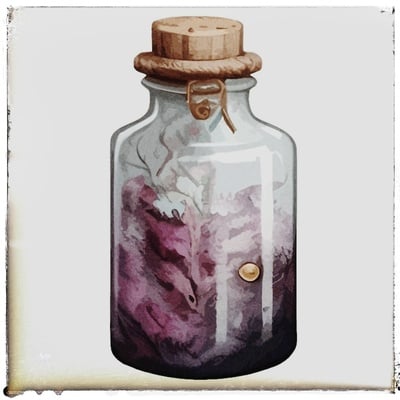- cross-posted to:
- technology@beehaw.org
- cross-posted to:
- technology@beehaw.org
TL:DW, JPEG is getting old in the tooth, which prompted the creation of JPEG XL, which is a fairly future-proof new compression standard that can compress images to the same file size or smaller than regular JPEG while having massively higher quality.
However, JPEG XL support was removed from Google Chrome based browsers in favor of AVIF, a standalone image compression derived from the AV1 video compression codec that is decidedly not future-proof, having some hard-coded limitations, as well as missing some very nice to have features that JPEG XL offers such as progressive image loading and lower hardware requirements. The result of this is that JPEG XL adoption will be severely hamstrung by Google’s decision, which is ultimately pretty lame.
This is why Google keeps getting caught up in monopoly lawsuits.
Modern Google is becoming the Microsoft of the 90s
I tried JPEG XL and it didn’t even make my files extra large. It actually made them SMALLER.
False advertising.
Jpeg XL isn’t backwards compatible with existing JPEG renderers. If it was, it’d be a winner. We already have PNG and JPG and now we’ve got people using the annoying webP. Adding another format that requires new decoder support isn’t going to help.
“the annoying webp” AFAIK is the same problem as JPEG XL, apps just didn’t implement it.
It is supported in browsers, which is good, but not in third party apps. AVIF or whatever is going to have the same problem.
Jpeg XL isn’t backwards compatible with existing JPEG renderers. If it was, it’d be a winner.
According to the video, and this article, JPEG XL is backwards compatible with JPEG.
But I’m not sure if that’s all that necessary. JPEG XL was designed to be a full, long term replacement to JPEG. Old JPEG’s compression is very lossy, while JPEG XL, with the same amount of computational power, speed, and size, outclasses it entirely. PNG is lossless, and thus is not comparable since the file size is so much larger.
JPEG XL, at least from what I’m seeing, does appear to be the best full replacement for JPEG (and it’s not like they can’t co-exist).
It’s only backwards compatible in that it can re-encode existing jpeg content into the newer format without any image loss. Existing browsers and apps can’t render jpegXL without adding a new decoder.
Existing browsers and apps can’t render jpegXL without adding a new decoder.
Why is that a negative?
Legacy client support. Old devices running old browser code can’t support a new format without software updates, and that’s not always possible. Decoding jxl on a 15yo device that’s not upgradable isn’t good UX. Sure, you probably can work around that with slow JavaScript decoding for many but it’ll be slow and processor intensive. Imagine decoding jxl on a low power arm device or something like a Celeron from the early 2010s and you’ll get the idea, it will not be anywhere near as fast as good old jpeg.
But how is that different to any other new format? Webp was no different?
People are quick to blame Google for the slow uptake of Jpeg XL, but I don’t think that can be the whole story. Lots of other vendors, including non-commercial free software projects, have also been slow to support it. Gimp for example still only supports it via a plugin.
But if it’s not just a matter of Google being assholes, what’s the actual issue with Jpeg XL uptake? No clue, does anyone know?
GIMP supports JPEG XL natively in 3.0 development versions. If I remember correctly GIMP 2.10 was released before JPEG-XL was ready, so I think that’s the reason. They could have added support in smaller update though, which was the case with AVIF.
The issue with jpegxl is that in reality jpeg is fine for 99% of images on the internet.
If you need lossless, you can have PNG.
“But JPEGXL can save 0,18mb in compression!” Shut up nerd everyone has broadband it doesn’t matter
What a dumb comment.
All of that adds up when you have thousands or tens of thousands of images. Or even when you’re just loading a very media-heavy website.
The compression used by JPEG-XL is very, very good. As is the decoding/encoding performance, both in single core and in multi-core applications.
It’s royalty free. Supports animation. Supports transparency. Supports layers. Supports HDR. Supports a bit depth of 32 compared to, what, 8?
JPEG-XL is what we should be striving for.
Wasn’t there a licensing issue with jpeg xl for using Microsoft’s some sort of algo?
No, there aren’t any licensing issues with JPEG-XL.







